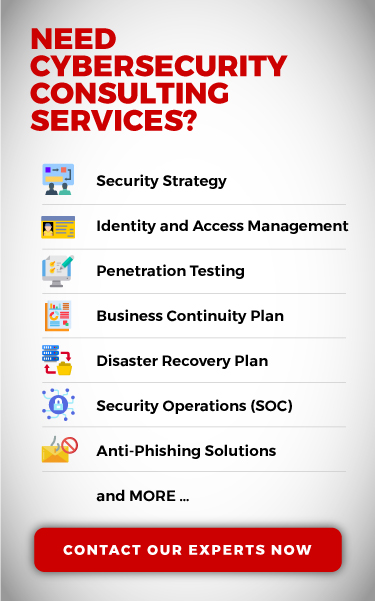Reading Time: 3 minutes
Why Kali Linux?
If you’ve ever searched penetration testing, you’ve most likely stumbled upon a piece of software called Kali Linux, or more commonly called “Kali”. It is one of the most common and open-source programs that is used for pentesting nowadays.
Kali Linux is one of the many Linux systems that is based on Debian. It is created and overseen by Offensive Security as the successor of the fiercely well-known Backtrack Linux program. In brief, Kali could be a write testing tool compartment. Kali incorporates over 600 computer programs and utilities that write analyzers commonly utilize. The tremendous larger part of these is free and open source. The Kali Tools page records the apparatuses included within the current conveyance.
How to Use Kali Linux for Penetration Testing
Kali Linux consists of 100 security testing tools such as SQL map, Metasploit, hydra, etc. Further, Kali Linux is also equipped with wireless security testing rules. “Aircrack-ng” and “Kismet” are the major tools of them.
Aircrack-ng
This is a wireless security testing software suite. It comprises of an organized packet analyzer, a WEP organizes saltine, and WPA/WPA2-PSK among other sets of wireless auditing apparatuses. Here are the foremost well-known apparatuses included within the Aircrack-ng suite:
- Airmon-Ng: converts your wireless card into a promiscuous wireless card
- Airmon-Ng: captures packages of desired specification, and it is particularly useful in deciphering passwords
- Aircrack-Ng: used to decrypt passwords. It is also able to use statistical techniques to decipher WEP and dictionaries for WPA and WPA2 after capturing the WPA handshake
- Aireplay-Ng: can be used to generate or accelerate traffic in an access point
- Airdecap-Ng: decrypts wireless traffic once the key is deciphered
Main features that are supported:
- Support for WEP, WPA/WPA2-PSK passwords
- Fast WEP and WPA password decryption
- Packet sniffer and injector
- Ability to create a virtual tunnel
- Automated WEP key password recovery
- Password list management
Kismet Wireless
This is a multi-platform free Wireless LAN analyzer, sniffer, and IDS (intrusion detection system). It is compatible with almost any kind of wireless card. Using it in sniffing mode allows you to work with wireless networks such as 802.11a, 802.11b, 802.11g, and 802.11n.
Main features:
- Ability to run in passive mode
- Easy detection of wireless clients and access points
- Wireless intrusion detection system
- Scans wireless encryption levels for a given AP
- Supports channel hopping
- Network logging
Next Level of Kali Linux
Raspberry Pi has continuously been showcased as a little, reasonable, credit card-sized, turn-key microcomputer. Their generally low profile and well-supported equipment adornments have made it an incredible choice for versatile infiltration testing. Luckily, Kali Linux is one of those frameworks and an incredible choice for setting up not as it were a versatile pen-testing framework but moreover one at your work area if you can’t manage a more costly PC.
A Raspberry Pi is a fantastically reasonable and simple way to get started with pentesting that’s reasonable and reasonably direct, but not without impediments. A need for direct Burp Suite installation can be an issue in case you are doing web entrance testing but can be overcome with OWASP Destroy, netcat, etc. The need for a graphics card can restrain a few resource-intensive forms, as can the nature of the Raspberry Pi itself.
How to Become a Certified Security Analyst
Once you become a Certified Ethical Hacker, obtaining the EC-Council Certified Security Analyst (ECSA) certification will take your pentesting skills to the next level. Unlike most other pen-testing programs that only follow a generic kill chain methodology, the ECSA presents a set of distinguishable comprehensive methodologies that can cover different pentesting requirements across different verticals.With this knowledge, you can bring peace of mind to an organization knowing their network is more secure from today’s biggest and toughest cybercriminals.




